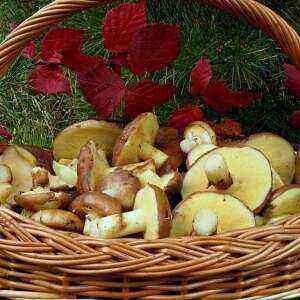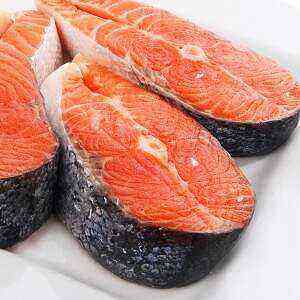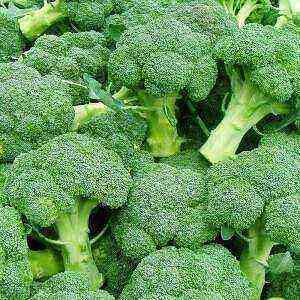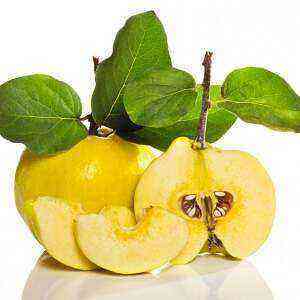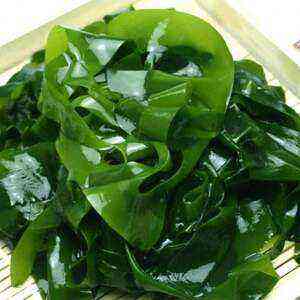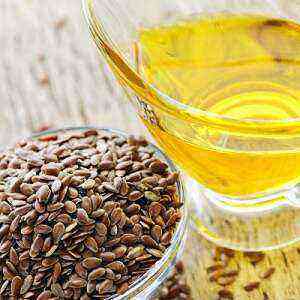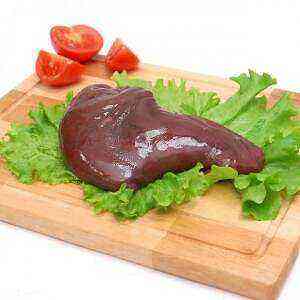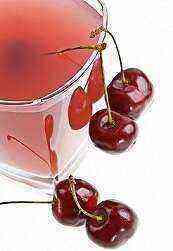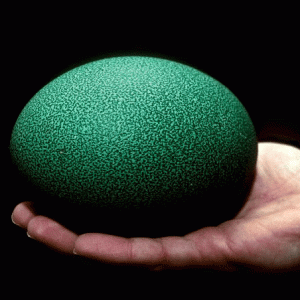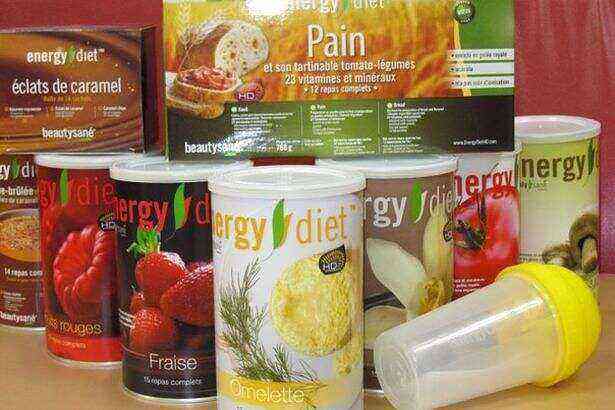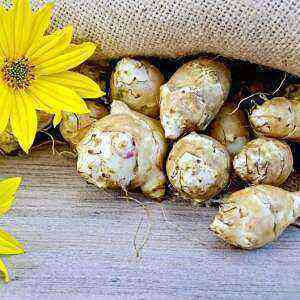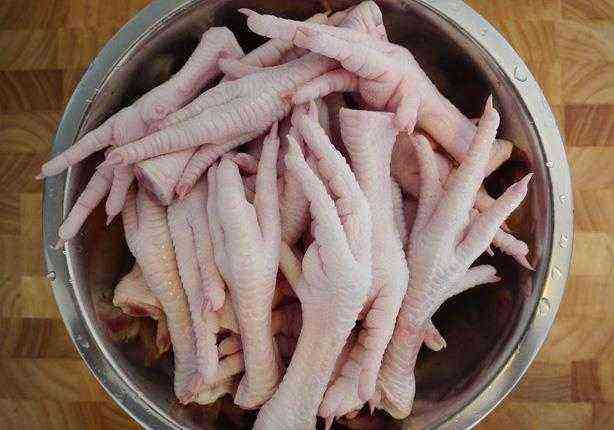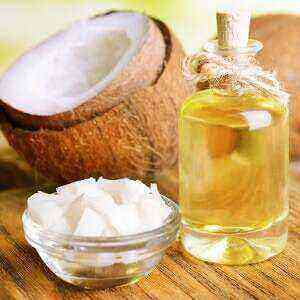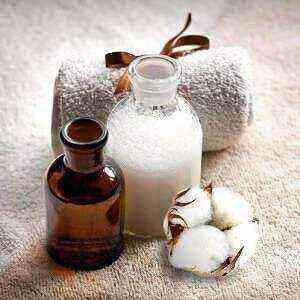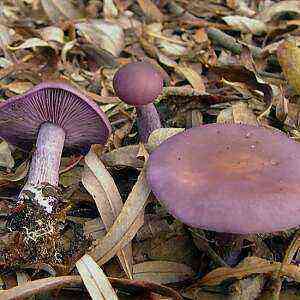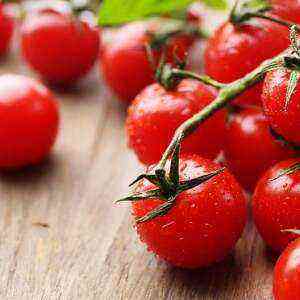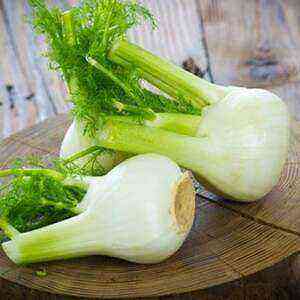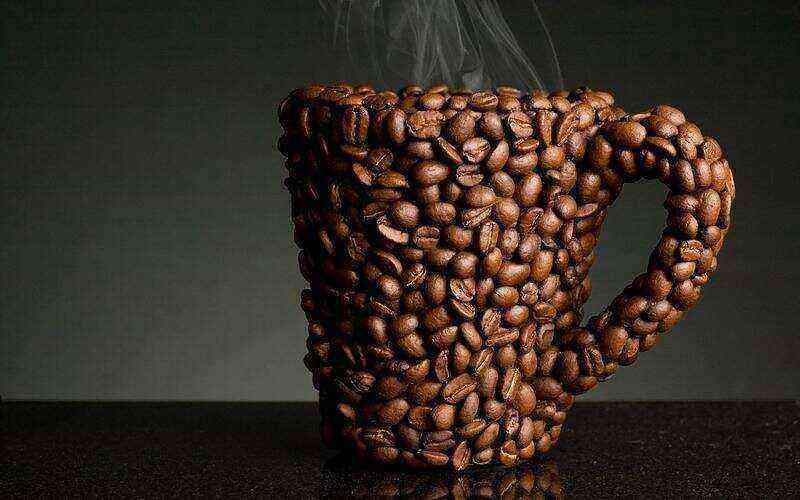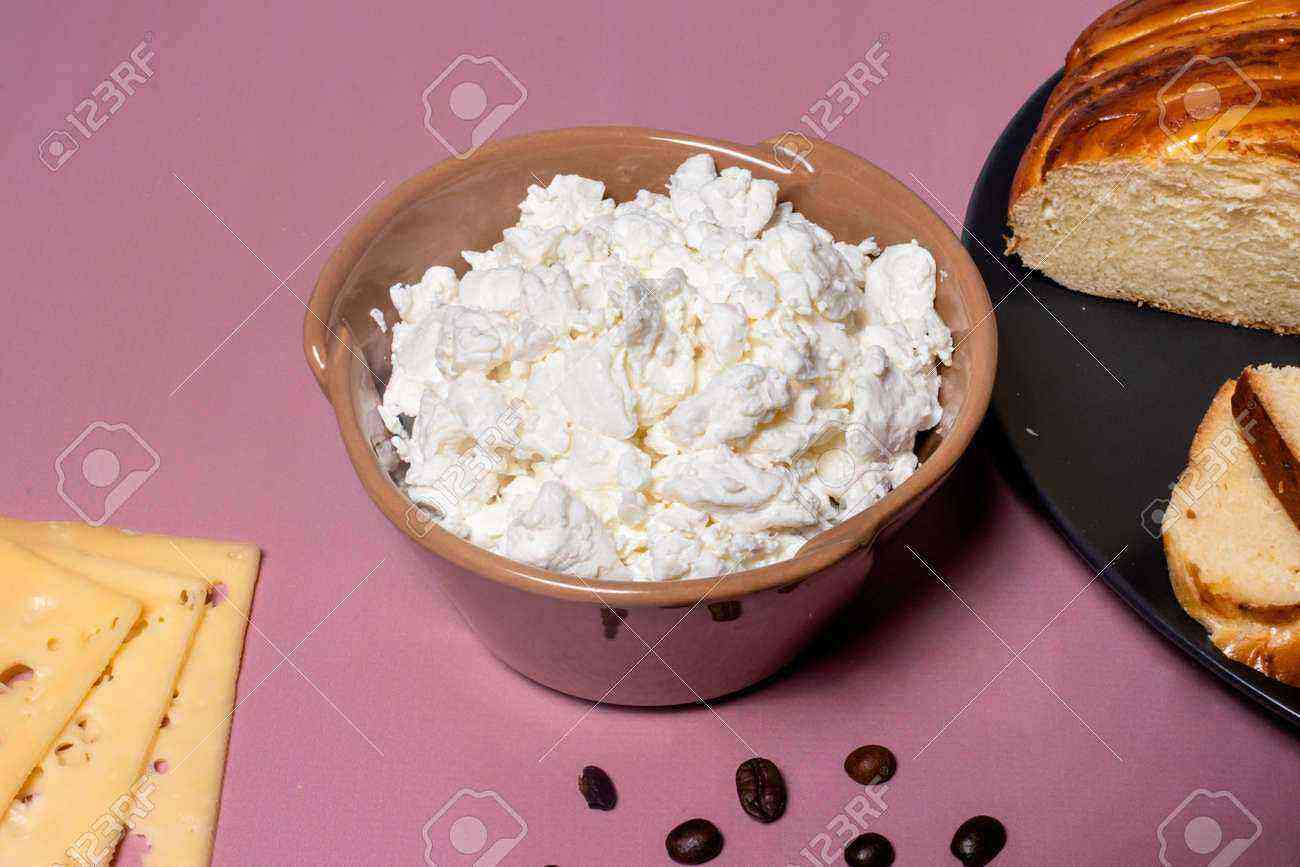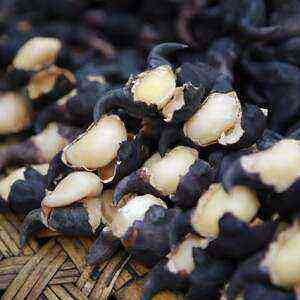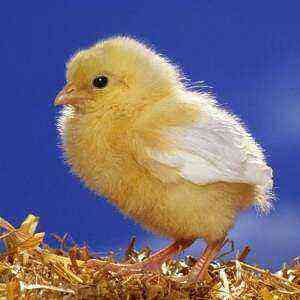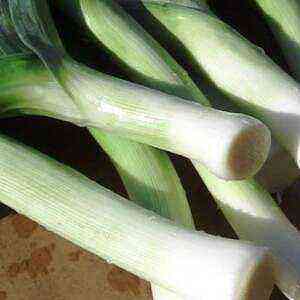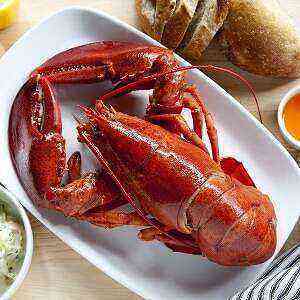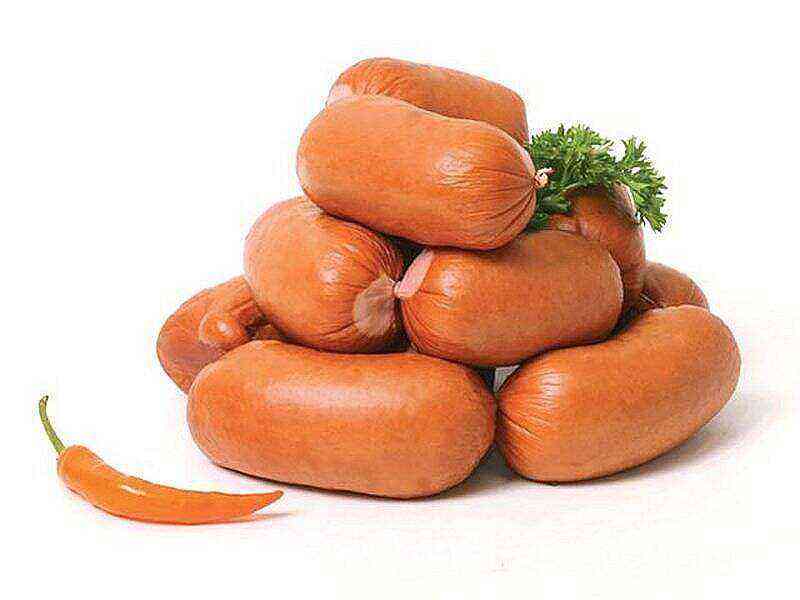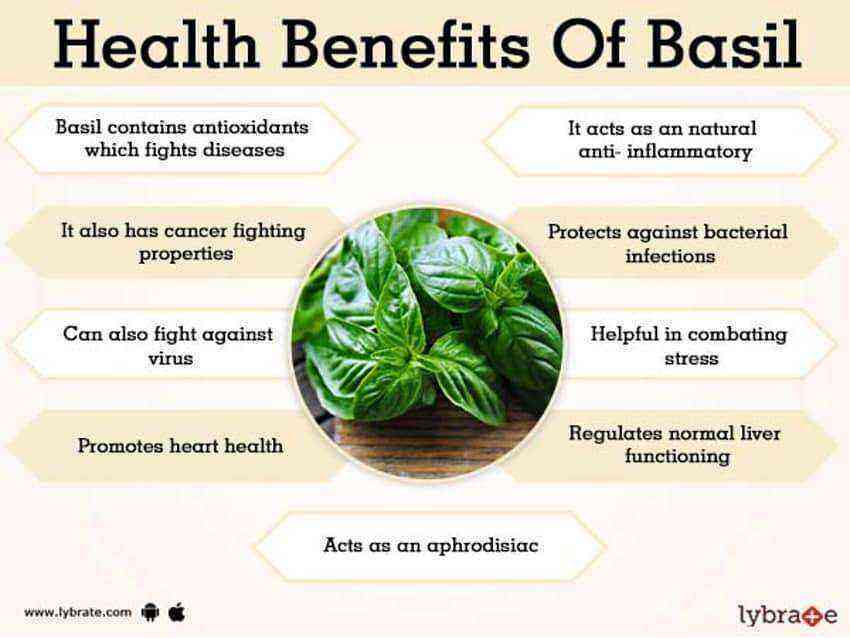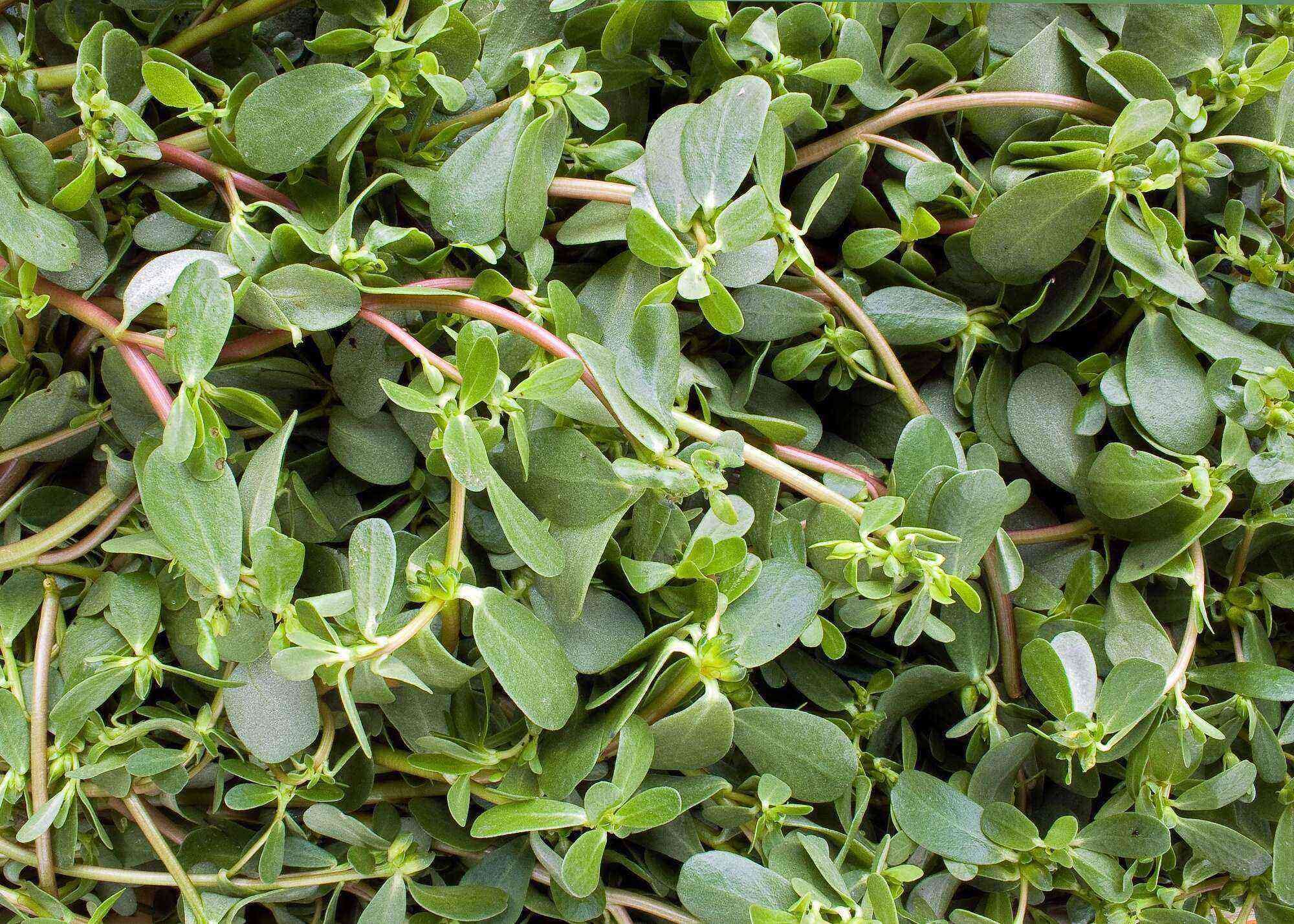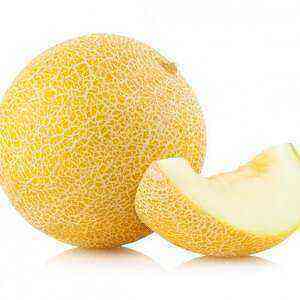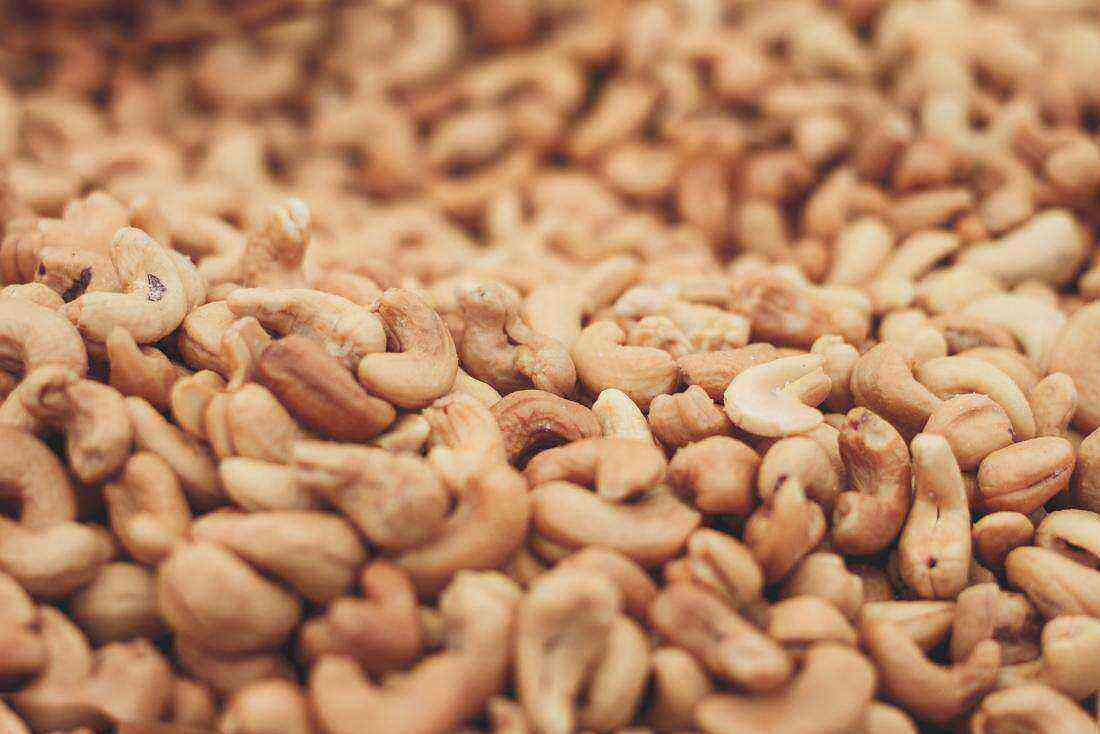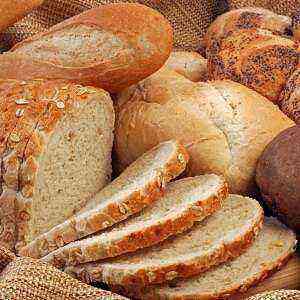
Cereal products occupy a leading place in the daily human diet. At the same time, the range of bakery products is replenished every year. Recently, disputes and discussions about the benefits and harms of different types of bread have not subsided. Some argue that this is a healthy food product with a rich vitamin and mineral composition. Others, on the other hand, are convinced that it can disrupt normal intestinal motility. Interestingly, the enmity between the two opposing camps is still ongoing.
Let us consider in detail the useful and harmful properties of the most popular varieties of bread (wheat, rye, corn, bran, whole grain), and also find out which of them should be preferred.
Historical background
Bread appeared in the Neolithic era and was a baked gruel made of water and cereals. It is not known for certain whether it was the result of deliberate experiments or accidental preparations with water and cereals. Descendants of such early breads, which are still made today, are Indian chapati, North American corn and Scottish oat cakes, Mexican tortilla, Chinese baobin and Ethiopian injera. Interestingly, a sieve and grain were found in the Tochars’ burial, indicating the use of food made from flour.

Today in Greece, southern Germany, Switzerland, barley bread is used, in Scotland and Sweden – from oatmeal, North and South America, Hungary and Romania – from corn, South China, India – from rice, in Egypt – from durra (has a sour taste ), Asia and Africa – from sorghum. In other modern cultural countries, products made from wheat and rye are common.
Since ancient times, white bread was considered a product of rich people, while the poor people ate gray or black (rye) bread. In the middle of the XNUMXth century, these beliefs changed dramatically: now it is believed that gray and black breads have greater nutritional value and trace element diversity than white, which does not bring any benefit to the human body ..
Types of flour
According to the degree of processing and the method of obtaining grain grains, flour is varietal, gritty, wallpaper, whole grain and peeled flour.

Wallpaper flour is obtained from unrefined grains with bran. Particle sizes reach 600 microns. Due to the fact that during the production process the grain is not cleaned, but is ground together with the shell, bread baked from this type of flour is a storehouse of fiber, vitamins and minerals.
Whole grain and peeled flours are of the greatest value for the human body. The first is obtained by grinding raw grains, the second from the outer shells. Whole grain and peeled flour are coarsely ground varieties that contain less carbohydrates than varietal and grains, but more vitamins and fiber.
Chemical composition
The nutritional value of the product directly depends on the bread recipe, as well as on the type of flour. The largest amount of nutrients is found in yeast-free products made from whole grains with the addition of bran.
The higher the grade of flour, the less nutrients and more starch in it, which affects the energy value of the product. farmer-online.com… In wheat bread, the following amino acids are most scarce: lysine, tryptophan, methionine, in rye – only the last two.
Pastry products contain up to 40% glutamic acid, which binds ammonia, participates in metabolism, and increases mental and physical performance. All bread products are dominated by carbohydrates (50%), which supply the human body with energy and also enhance intestinal motility.
Table number 1 “Nutritional value of bread by type of cereal”
Components
Content (g) in 100 g of product
wheaten farmer-online.com
Rye ..
Corn ..
With bran .
Grain Blend (Whole Grain) 1
Калорийность, ккал
235
259
266
248
252
Вода
37,7
37,3
0
37,8
39,01
Белки
7,9
8,5
6,7
8,8
12,45
Жиры
1
3,3
7,1
3,4
3,5
Углеводы
48,3
42,5
43,5
43,8
42,71
Пищевые волокна
3,3
5,8
0
4
7,4
Зола
1,5
2,5
3,6
2,2
2,32
Table number 2 “Chemical composition of bread by type of cereals”
Name
Nutrient content (mg) per 100 g of product
wheaten farmer-online.com
Rye ..
Corn
With bran .
Grain Blend (Whole Grain) 1
Vitamins
Ретинол (А)
0
0,006
0
0
0,001
Пантотеновая кислота (В5)
0,29
0,44
0,339
0,536
0,336
Токоферол (E)
1,3
0,33
0
0,32
2,7
Рибофлавин (B2)
0,06
0,335
0,294
0,287
0,2
Ниацин (PP)
1,6
3,8
0
4,402
4,042
Биотин (H)
0,0017
0
0
0
0
Филлохинон (К)
0
0
0
0,0013
0,0078
Холин (В4)
54
14,6
22
18,7
27,2
Цианокобаламин (B12)
0
0
0,15
0
0
Аскорбиновая кислота (C)
0
0,4
0,3
0
0
Тиамин (B1)
0,16
0,434
0,291
0,397
0,4
Пиридоксин (B6)
0,13
0,075
0,113
0,176
0,263
Фолиевая кислота (B9)
0,027
0,151
0,077
0,161
0,042
Macronutrients
Калий
133
166
147
227
254
Фосфор
87
125
169
185
212
Кальций
23
73
249
74
161
Кремний
2,2
0
0
0
0
Сера
59
85
0
88
0
Хлор
837
980
0
0
0
Магний
33
40
25
81
75
Натрий
378
603
658
486
455
Trace Elements
Железо
2
2,83
2,5
3,07
2,5
Медь
0,134
0,186
0,051
0,221
0,282
Молибден
0,0128
0,008
0
0
0
Фтор
0
0,051
0
0
0
Хром
0,0022
0,0027
0
0
0
Селен
0,006
0,0309
0,0101
0,031
0,0257
Йод
0,0032
0,0056
0
0
0
Цинк
0,735
1,14
0,6
1,35
1,8
Марганец
0,825
0,824
0,118
1,668
2,2
Кобальт
0,0019
0
0
0
0
Whole grain bread made from a mixture of cereals contains mono- and disaccharides (6,39 g), starch and dextrins (25,67 g), essential amino acids (3,168 g), non-essential amino acids (4,963 g), omega-3 (0,205 g), omega-6 (1,667 g). The calculation is based on 100 g of product.
Wheat bread
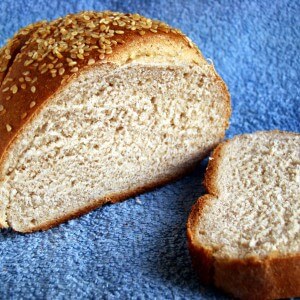
1. Higher. Has the smallest particle size, the size of which does not exceed 40 microns. This variety is characterized by an almost complete absence of fiber, which makes the product soft, fluffy and least healthy from a dietary point of view. Bread made from this flour contains a lot of “empty” calories and gluten with a minimum of dietary fiber. As a result, products from the highest grade inhibit digestion, since they produce a “cement effect” that impairs the evacuation function of the intestine. For all its culinary appeal, the product does more harm than good.
2. First. A distinctive feature of this variety is the larger size of the grains, due to which the bakery products stale more slowly. The first grade of flour occupies an intermediate position between the highest and the second. Its minimum composition is enriched by particles of grain shells. Bread made from such flour turns out to be soft, aromatic and fluffy.
3. Second. It is considered optimal for the preparation of bakery products. The size of the fractions reaches 200 microns. In terms of vitamin and mineral composition, the second grade of wheat flour is approximately the same as the first two. The low content of vitamins is a consequence of the removal of the shells of the grains at the stage of production of the product. As a result of this manipulation, the most valuable substances, in fact, are removed, and only the central part remains, containing exclusively a mixture of vegetable protein with starch.
There are many types of white bread, the most popular of which are: lunch, lavash, matzo, chapatti, naan, ciabatta.
Evaluation of a particular type of wheat flour is carried out according to the yield of gluten – the amount of specific plant proteins that ensure the density of the flour product and the adhesion of particles when kneading the dough. A high-grade product contains a lot of this substance, which is fraught with complication of digestion, the development of diseases of the endocrine system, and destruction of microflora. Gluten in the digestive tract turns into a paste, which makes it difficult for food to move through the intestines. In addition, products made from white flour are always high in calories and can harm the health of people suffering from diabetes and obesity.
Nutritionists recommend abandoning wheat bread in favor of rye, whole grain corn or bran.
Rye bread
Common people call rye bread black. Unlike white, it is prepared without adding yeast, which negatively affects the human body. They disrupt the intestinal microflora, acidify the gastric environment, creating favorable conditions for the formation of stones in the gallbladder and liver, ulcers, gastritis, as well as for constipation. In addition, the use of yeast bakery products is dangerous because heat treatment does not always kill yeast fungi, which, when ingested, disrupt the absorption of calcium, produce toxic substances, and absorb vitamins and minerals.
Rye bread is a dietary product that has the best reputation among athletes, doctors, nutritionists and people leading a healthy lifestyle.
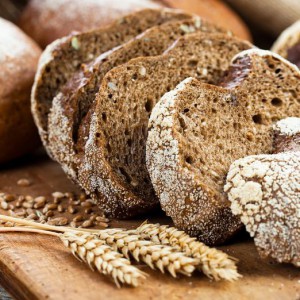
- stabilizes the digestive tract, improves food absorption, removes toxic substances (due to the abundance of solid fibers);
- contains more amino acids and vitamins than wheat and corn bread (rye is more resistant to processing than other types of cereals, therefore it retains a maximum of useful components);
- less high-calorie (the more rye flour in a loaf of bread, the healthier the product);
- quickly satisfies hunger, is characterized by high saturation;
- reduces the risk of developing oncology, diabetes mellitus;
- stimulates the formation of blood cells, increases hemoglobin.
Rye (black) bread is useful for pregnant women, since it contributes to the correct formation of the fetus, and it is also effective for anemia ...
Potential harm:
- It is absorbed worse. Interestingly, the human body absorbs nutrients faster from white bread than from rye. This puts additional stress on the digestive organs, so nutritionists recommend alternating the use of rye bread and wheat / corn bread.
- May cause heartburn. It is preferable to combine it with first courses, fresh vegetables and milk. Not recommended for use with fried meat.
- Black bread is more acidic than white bread, which makes it more resistant to mildew. However, people with ulcers, gastritis, high acidity of the stomach and intestinal diseases need to strictly control the amount of food consumed so as not to worsen the course of the disease.
The safe daily norm of rye bread is 100 g. To reveal the useful properties of the product, it is recommended to use it regularly.
Corn bread

Other useful properties:
- stimulates metabolic processes;
- normalizes blood circulation, bile secretion, blood sugar levels;
- strengthens the heart, blood vessels;
- slows down aging;
- participates in the formation of muscle tissue;
- maintains the normal acid-base balance of the body;
- fights inflammation in the bladder;
- treats anemia.
The high fiber content and coarse texture of cornbread are harmful to patients with digestive disorders. This product can provoke irritation and inflammation of the intestinal walls, exacerbate the course of gastritis, cholecystitis, ulcers ..… Cornbread is contraindicated in liver pathologies, since it causes abundant secretion of bile, overloading the damaged organ. In addition, people with increased blood clotting should refrain from using it.
Corn is capable of accumulating nitrates, which leads to the growth of malignant cells. In addition, cereal flour is a favorite treat for yellow molds, which contain carcinogens. Therefore, for making corn bread, you should not buy damp or spoiled products, which can cause allergic reactions, as well as digestive problems. The goods must be hermetically packed with the indication of the country of origin, date of production, expiration date. A quality product has a pleasant golden color, grains of the same size, without dark inclusions. Only fresh, high-quality ingredients, in particular corn flour, can make delicious, healthy baked goods.
Whole wheat bread
This is the most useful product for the human body, which can be consumed without harm to metabolism and body shape.
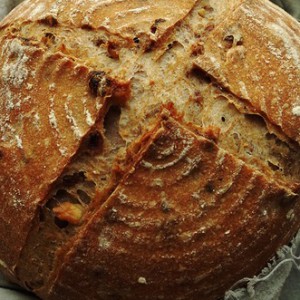
In wheat grain, useful substances (amino acids, enzymes, vitamins) are contained in the shell, and inside, in fact, there are only pure carbohydrates that stimulate weight gain. For the production of ordinary flour, an exclusively crushed core is taken. Accordingly, the finished product is devoid of useful substances and supplies the body only with carbohydrates, which in large quantities cause metabolic disorders.
Whole grain bread, containing all the components of the grain, supplies the body with vitamins, enzymes, and energy. Unlike other varieties, it is easier to digest and does not disrupt metabolism.
The benefits of whole grain flour products:
- activate the intestines;
- increase life expectancy (with regular use);
- remove salts of heavy metals, toxins, radioactive substances, undigested food residues, cholesterol;
- prevent oncological diseases of the gastrointestinal tract (due to the abundance of fiber in the composition);
- bind intestinal bile acids, which exhibit atherogenic activity (dietary fiber);
- reduce the risk of developing atherosclerotic changes in the vessels;
- normalize blood sugar;
- lower the pressure.
Recently, the fashion for whole grain products is gaining momentum, and therefore a large number of fakes have appeared among the wide range. Unscrupulous producers, disguised as a useful product, are trying to sell a product made from the core of the grain. Do not lose your vigilance!
In the selection process, you should pay attention to the following factors:
- Color. Whole grain bread can only have a dark color due to the presence of peripheral parts of the grains in the composition.
- Weight, structure. The product is heavy and rough due to the presence of a high content of gluten and plant fibers.
Whole grain bread is never fluffy and soft, light-colored. The coarser, darker the flour, the higher the fiber content in it, which means the more valuable and nutritious the product. 100 g of whole grain bread should contain at least 5 g of dietary fiber.
Among the contraindications to the use of this type of bread, diseases of the digestive system are noted. ..… It is believed that large fractions of coarsely ground flour can mechanically damage the delicate mucous membrane of the stomach, and the abundance of fiber can cause serious problems for a person with a diseased intestine.
Bread with bran
Like whole grain, this type of bread is the undoubted leader in health. It contains 25% bran and 75% premium flour. In the section, it is gray in color, contains small yellow and light brown blotches. Bread with bran is a storehouse of dietary fiber that regulates intestinal function. It is an indispensable product for combating obesity, high sugar levels, metabolic disorders, hepatitis, atherosclerosis, as well as cardiovascular diseases.
Bran – the husk of the grain, its outer shell, in which all vitamins, macro- and microelements, vegetable fiber are concentrated.
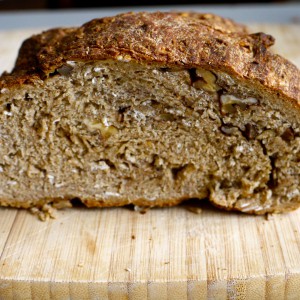
- slows down the absorption of carbohydrates;
- adsorbs toxins;
- removes cholesterol;
- increases stress resistance;
- gives vigor, activity;
- improves the activity of the endocrine glands, central nervous system;
- maintains normal metabolism;
- binds heavy metal ions;
- normalizes insulin levels;
- prevents atherosclerosis;
- reduces appetite;
- increases immunity;
- improves the functioning of the heart, brain;
- facilitates the well-being of people suffering from acute rheumatism, liver disease, kidney disease;
- has a mild laxative effect;
- promotes weight loss.
Bran bread can worsen the well-being of people suffering from the following diseases:
- stomach ulcer;
- hemorrhoids;
- colitis;
- gastric diseases (at the stage of exacerbation).
Despite the high calorie content, bran bread is a suitable product for losing weight. Fiber saturates the body and satisfies hunger. The main thing is to remember about a sense of proportion. To maintain a slim figure, it is enough to eat 100 g of bran bread daily, preferably in the morning.
What is added when baking?
In addition to harmful baker’s yeast, in the manufacture of flour products, special additives are introduced into the dough, which improve the taste and appearance of the product, as well as increase its consumer qualities. Some of them are safe and even useful, while others, on the contrary, are harmful and dangerous to human health.
The most unpleasant drawback of bread is its fast staling. Therefore, today manufacturers of flour products widely use special substances that slow down this process.

- enzymes that modify the structure of the protein;
- components that stop the saccharification of starch and, as a result, the formation of solid sugar crystals (glucose-containing syrup);
- preservatives that inhibit the growth of mold fungi and bacteria in the crumb;
- natural thickeners that prevent bread from drying out by retaining moisture.
To improve the taste, eggs are sometimes added to the dough, but such a product deteriorates faster. To increase the nutritional value of bread, bran, nut seeds, dried fruits, and spices are introduced into it.
F.A.Q.
What is the best bread?
From wholemeal flour, whole grain, yeast-free, with bran. Only in this case, you can be sure of the consumption of healthy bread, rich in fiber, essential amino acids, vitamins, macro- and microelements. In addition, it is recommended that adherents of a healthy diet opt for products with the addition of wheat germ.
 How to choose the right one?
How to choose the right one?
First of all, pay attention to the appearance of the product. Choose a loaf with a smooth crust and no cracks. Wheat bread should have a golden crust, rye – dark brown, without extraneous formations (black soot). In no case can the bread be burnt. Only buy a product with an up-to-date expiration date. In order to avoid purchasing a clandestine product, it is recommended to buy bread from well-known manufacturers.
Signs of damage to goods:
- atypical taste, smell (violation of storage conditions);
- sticky crumb (use of low-quality flour);
- pale crust (poor baked goods).
If at least one of the above signs is identified, the purchase of the product should be abandoned.
How to eat correctly?
Remember: hot, freshly baked bread is bad for human health. ..… It is recommended to give preference to the product of “yesterday” production. Crisp is healthier than crumb.
Do not combine the use of wheat bread with fatty foods (meat, fish), cereals, potatoes, as it complicates the digestion of already heavy food ..… Products made from corn and rye flour go well with non-starchy vegetables.
If mold appears, immediately discard the loaf, because if it enters the body, spores can cause severe poisoning of the body, the development of respiratory and blood diseases.
Conclusion
Bread is a universal food product present in the daily diet of all cultures and peoples. Along with potatoes, cereals, legumes, this is one of the most affordable sources of valuable vegetable protein (from 5,6 to 8,6%).
Bread is a storehouse of carbohydrates (40-50%), B vitamins, dietary fiber, magnesium, phosphorus, sodium, iron, calcium, potassium. The beneficial properties of flour products directly depend on the quality and type of flour from which they are made.
The most valuable is whole grain rye bread or with bran. For the production of these varieties, coarse flour is used, made from unrefined grains (with a shell in which all the nutrients are concentrated). Such a product acts as a purifier, stimulates the intestines, strengthens the heart and blood vessels, fights high blood pressure, and supplies the body with energy. The main thing is to remember about measure. According to the conclusion of nutritionists, 100-150 g of yeast-free rye bread will saturate the body with fiber, vitamins, minerals and will not spoil the figure.
Sources of
 How to choose the right one?
How to choose the right one?